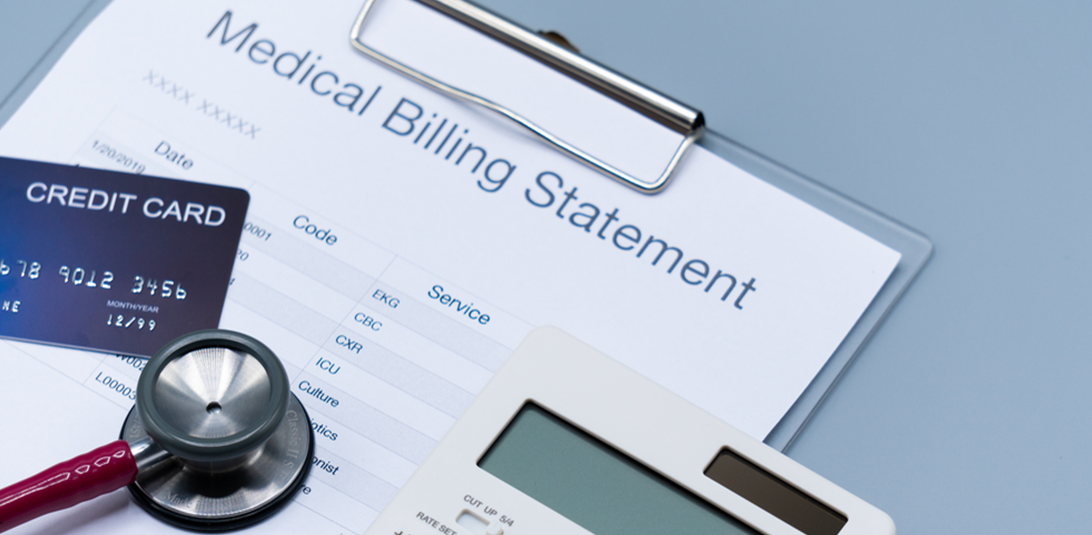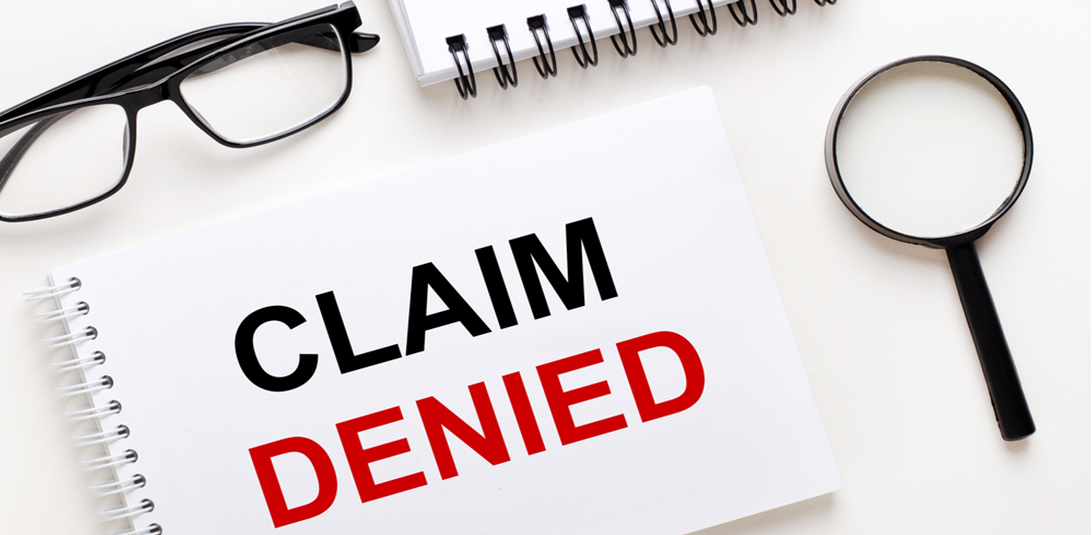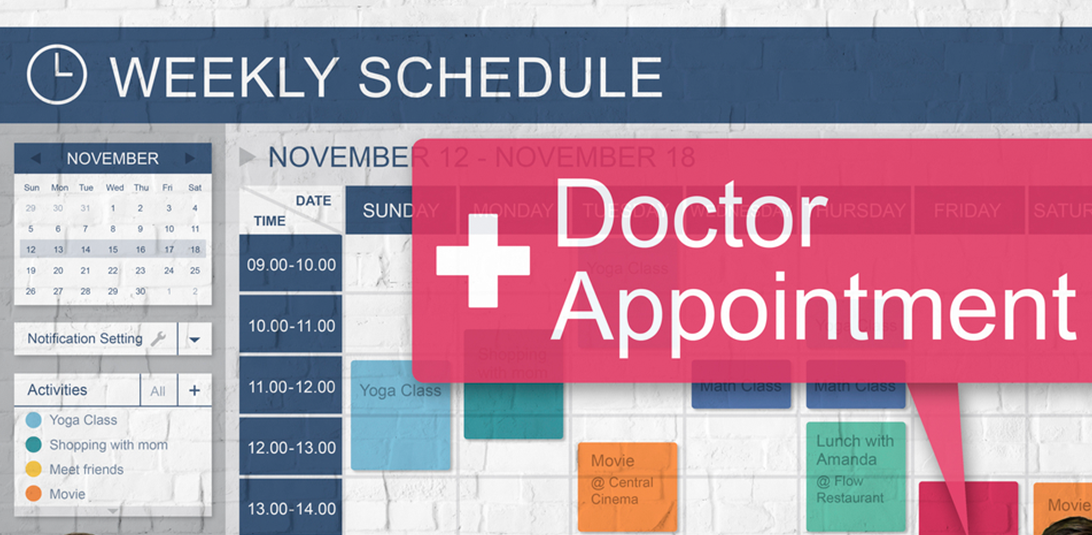Understanding Clean Claim In Medical Billing & How To Improve It

In the intricate realm of medical billing, the term “clean claim” emerges as one of the most coveted outcomes. A clean claim not only signifies an efficient and accurate billing process but also holds the promise of timely reimbursements and minimal rejections. For healthcare providers aiming for optimal revenue cycle management, achieving a high rate of clean claims becomes a top priority. This article unravels the essence of a clean claim, its significance, and strategies to improve its rate.
What Exactly Is A Clean Claim?
At its core, a clean claim in the realm of medical billing represents a model of perfection and precision. Such a claim transcends the rudimentary definition of just being error free. It encompasses an intricate blend of accurate information, right from the patient’s personal details to the specificity of their diagnosis and the treatments administered. A clean claim harmoniously adheres to the coding standards of medical practices and aligns perfectly with the insurance company’s guidelines.
The journey of a claim flagged as ‘clean’ within the insurance processing system is smooth, encountering no hitches, obstacles, or prolonged delays. Its approval process becomes nearly instantaneous, devoid of the back and forths usually witnessed with claims that have discrepancies. In essence, a clean claim stands as a testament to the diligence, thoroughness, and efficiency of the medical billing process, reflecting a deep understanding of both medical procedures and the nuances of insurance stipulations.
Why Are Clean Claims So Vital?
In the intricate dance of revenue cycle management within healthcare, clean claims play the lead role. Their importance and denial management is vast which is why it plays the lead role.. On the most foundational level, clean claims translate to quicker reimbursements. This ensures a robust and consistent cash flow, a lifeblood for any medical institution aiming to provide uninterrupted quality care. Beyond the immediacy of monetary inflow, the ripple effects of clean claims are far reaching. They substantially diminish the administrative burdens borne by healthcare providers. Each claim that gets denied or rejected becomes a focal point of additional scrutiny, necessitating corrections, clarifications, and eventual resubmissions.
This entire cycle consumes significant time and manpower resources, leading to increased operational costs. The success rate of clean claims, thus, acts as a direct indicator of operational efficiency, streamlined administrative processes, and the overarching effectiveness of a healthcare provider’s billing system. In short, clean claims are not just about error free submissions; they are emblematic of the overall health and efficiency of a medical institution’s financial operations.
Common Barriers to Achieving Clean Claims
While the idea of consistently submitting clean claims sounds straightforward, several barriers can hinder this goal. These barriers can range from outdated software systems and inadequate training of billing staff to the intricacies of evolving coding standards. Understanding these challenges is the first step toward addressing them and ensuring a higher clean claim rate.
Embracing Technology for Clean Claim Submission
In today’s digitized age, technology plays a pivotal role in streamlining the billing process. Advanced billing software can automatically flag errors or omissions, guide the billing staff through coding updates, and even integrate with insurance company databases for real time eligibility checks. Investing in such technologies can significantly reduce human errors, ensuring a higher percentage of claims are submitted cleanly the first time around.
Regular Training and Upgradation
One of the keys to maintaining a high clean claim rate is ensuring that the billing staff is always updated with the latest industry standards, coding updates, and insurance guidelines. Regular training sessions, workshops, and seminars can equip them with the necessary knowledge and skills. Moreover, periodic audits of the billing process can identify potential pitfalls and areas of improvement, allowing healthcare providers to continually refine their processes.
Adopting a Proactive Approach
A proactive approach, wherein potential issues are identified and addressed before claim submission, can greatly improve the rate of clean claims. This involves a thorough review of the patient’s records, insurance details, and the proposed treatment plan. By ensuring that all data aligns and adheres to the requisite standards, healthcare providers can significantly reduce the chances of errors and omissions.
Achieving a high rate of clean claims is not just about efficiency; it’s about ensuring the financial health and sustainability of healthcare institutions. While challenges exist, with the right strategies, technologies, and training, healthcare providers can optimize their billing processes, leading to faster reimbursements, reduced administrative burdens, and improved overall revenue cycle management. As the healthcare landscape continues to evolve, the quest for the perfect clean claim will remain a top priority for those dedicated to excellence in medical billing.



